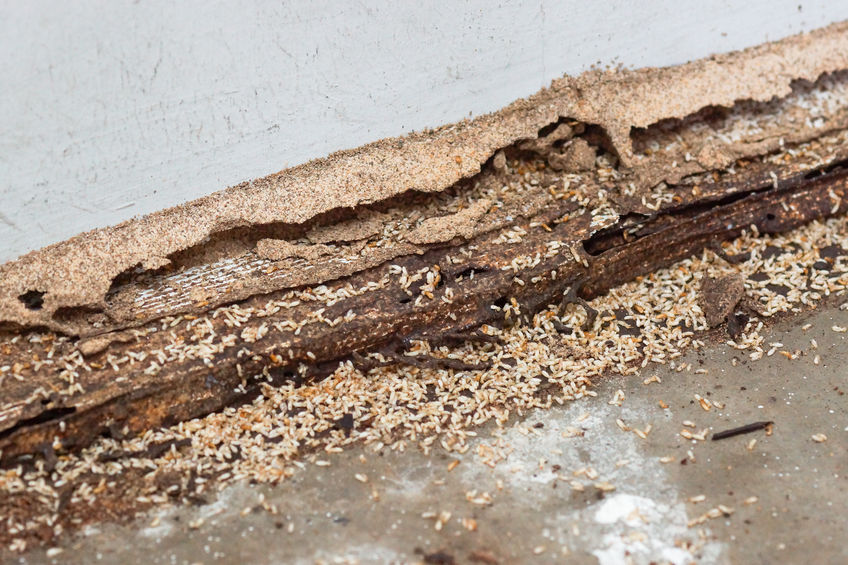Termites thrive in the rainforest, digging tunnels under the soil and aerating it in the process. For civilization, termites are a disaster. They cause billions of dollars in damage each year to both commercial and domestic buildings. In the rainforest however, they are an essential part of the ecosystem, keeping it functional and healthy.
Researchers wanted to find out the extent to which termites contributed to their environment, so they began researching how they behave during periods of extreme drought. One such period occurred during the 2015-2016 El Niño event. What the researchers found was that termites were everywhere in the wake of this event, nearly twice in number as they would be during a normal year.
If this were the case in your neighborhood, this would be a literal disaster, but in a rainforest affected by a terrible drought, this was a boon. In termite-rich areas, the soil stays moist, and the various plant seedlings sprouted. The termites ensured that the ecosystem survived, despite the terrible weather conditions it was facing.
This intrigued researchers, so they set out to test just how much of an impact termites had. As part of the experiment, they placed baits with termiticides in selected areas, to see how these areas would fare without any termite presence. The experiment took place over several years, some with drought and some without it. When there was no drought, there was little difference between the areas that had termites and the ones that did not. However, under drought conditions, the termite infestations helped tremendously, ensuring that the soil was moist and clear of leaf litter.
What this experiment shows is that any ecosystem is in a delicate balance. Add or remove a single component, no matter how unsavory it is to us, and you may throw the entire thing out of whack. Termites in particular are a great species to study if you want to understand ecology. We see them as essential to the survival of the rapidly dwindling rainforests from around the world, but they can also be invasive species that escape their original ecosystems and are transplanted into different regions of the globe where they have an evolutionary advantage and are able to wreak havoc. It will be interesting to see how ecosystems evolve in the future, given the impact of both climate change and the changes brought on by urbanization and human resource gathering.

